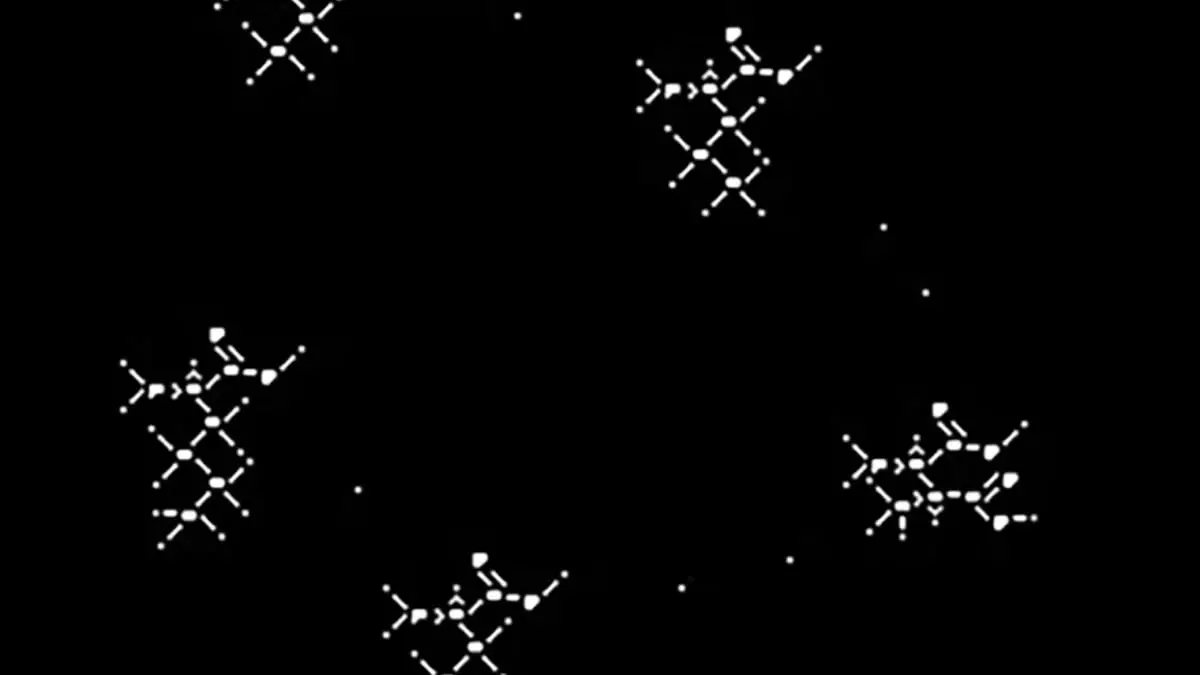In June 2023, an extraordinary achievement surfaced when Ken Chaffin and his daughter Keli unveiled a mystifying message that seemingly originated from Mars. This feat was part of a significant initiative named “A Sign in Space,” orchestrated by the SETI Institute. The implications of this simulation are far-reaching. It marks a pivotal moment in humanity’s endeavor to communicate and possibly understand extraterrestrial life forms. The message in question comprises five unique formations of amino acids, which elicit curiosity rather than clarity regarding their intended meaning. The project, combining the minds of scientists and artists alike, serves as a gateway to exploring interstellar communication—articulating the hopes and possibilities that rival our imagination.
The Journey of Decoding an Extraterrestrial Signal
The simulated transmission from the ExoMars Trace Gas Orbiter was specifically crafted to resemble a communication from another planet. Captured by multiple Earth-based observatories, including the renowned Allen Telescope Array and the Medicina Radio Astronomical Station, this signal invited contributors from around the globe to participate in the decoding process. What distinguishes this event is not just its scientific merit but also its democratic nature, engaging citizen scientists from diverse backgrounds. The Chaffins dedicated countless hours to decode the message with the aid of cellular automata algorithms, revealing clusters that represent essential amino acids—vital components known to form the building blocks of life.
While the presence of amino acids within the decoded message offers affirmation that the signal holds significance, a complex question looms: what do these formations signify? Daniela de Paulis, the project’s driving force and SETI’s artist-in-residence, elucidates that deciphering the transmission’s intent was deliberately left ambiguous. This deliberate vagueness mirrors real-world scenarios where teams might encounter actual extraterrestrial signals devoid of context or directions. The project’s unique framing encourages each participant to generate individual interpretations which can range from theories of chemical evolution in outer space to contemplations of an alien salutation.
The discovery ignited a wave of enthusiasm among journalists, researchers, and the public alike, but the Chaffins expressed a more personal excitement rooted in exploration and discovery. Ken Chaffin noted the thrill of participating in such an enigmatic endeavor, embracing the challenge posed by the absence of clear answers. Public discussions regarding the potential meanings of the message have showcased the human penchant for speculating, encapsulating our innate curiosity regarding life beyond our planet.
The outcomes of the “A Sign in Space” project are intended to culminate in a publication chronicling various interpretations of the deciphered message, revealing the struggle to attain a universally accepted meaning. This initiative embodies not only a scientific feat but also an act of collective imagination and creativity. As we gaze into the cosmos, reconnecting humanity with its existential questions through those little amino acid clusters, we might find new paths toward understanding our place in the universe. In the end, while the intent of the message remains shrouded in mystery, the exploration it sparks could lead to invaluable insights about our relationship with life across the stars.


Leave a Reply